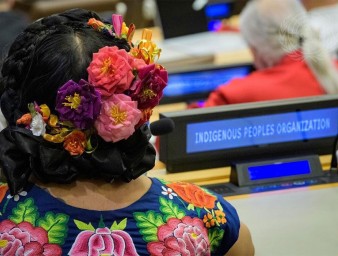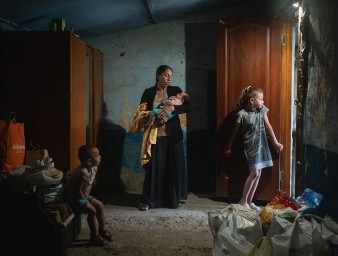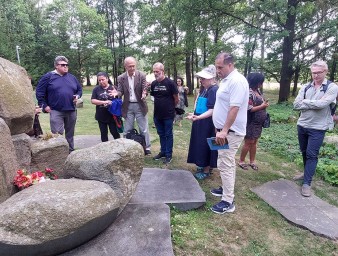Memorializing the Romani past: “We exist, respect our humanity"
08 April 2024
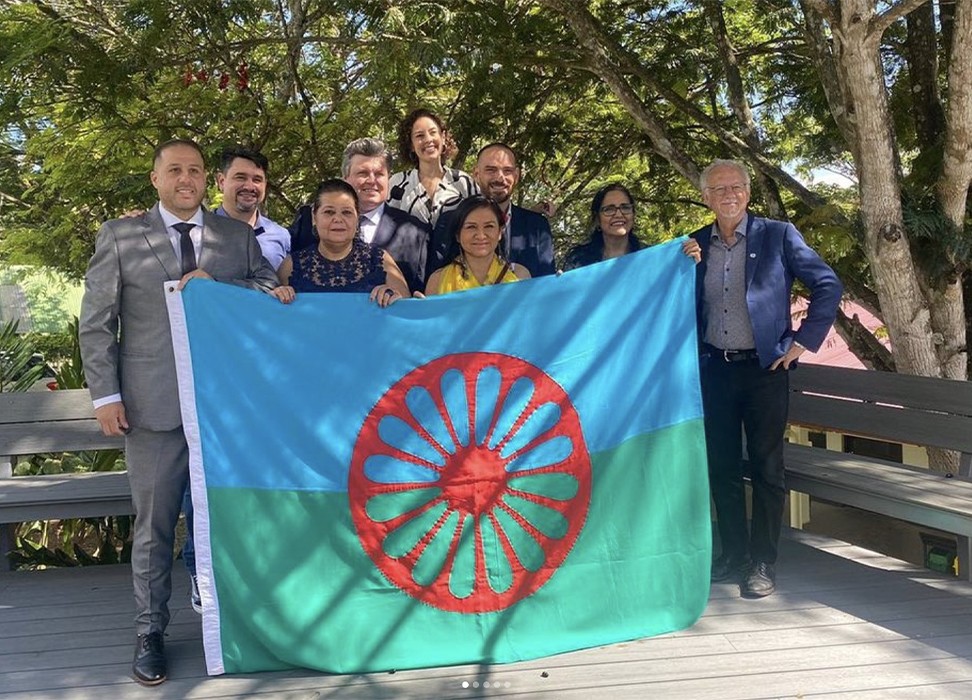
“You have to tell the story. Make it alive, make it real,” said Elisa Costa. “Working and helping to build the Romani Memory Map for the Americas is one way of saying: We exist, respect our humanity."
Costa is the president of the Mayle Sara Kali International Association, a civil society organization dedicated to promoting the history and human rights of the Roma people of Brazil. She was speaking on the occasion of International Roma Day, as a coalition of partners launched the Romani Memory Map for the Americas project.
Coordinated by UN Human Rights, the Romani Memory Map for the Americas is a crowd-sourced initiative to recognize and honour sites of memory of the Romani community in the Americas, from the United States to Argentina. The project builds on efforts to strengthen Roma rights and inclusion, advance public memory of Roma people and history, and combat anti-gypsyism, the specific form of racism facing Roma.
For Aline Miklos, a UN Human Rights officer who has worked as a project coordinator for the Romani Memory Map for the Americas, the initiative aims to advance recognition of past violations of the human rights of Roma and their impact on the present in the Americas. Miklos, a Romani from Brazil, said memorialization is key to combat anti-gypsyism.
"There have been several attempts to erase the memory of the Romani people throughout history,” said Miklos. “Our memory is part of our identity, our worldview, our existence. We have the right to our memory. We also have the right to know the truth about all the persecutions and human rights violations that the Romani people have suffered in the past. In this way we can demand a fairer and more equal future for all," she said.
In its first version, the Map includes sites and information about 29 memory points from throughout the Americas, such as the old Romani neighbourhood of Maspeth in Queens, New York City, which was demolished between 1938 and 1939. Or the tomb of a Hungarian Roma woman in the General Cemetery of Quetzaltenango, Guatemala, which receives thousands of visitors every year due to the myths that surround her. The map is available in English, Portuguese and Spanish.
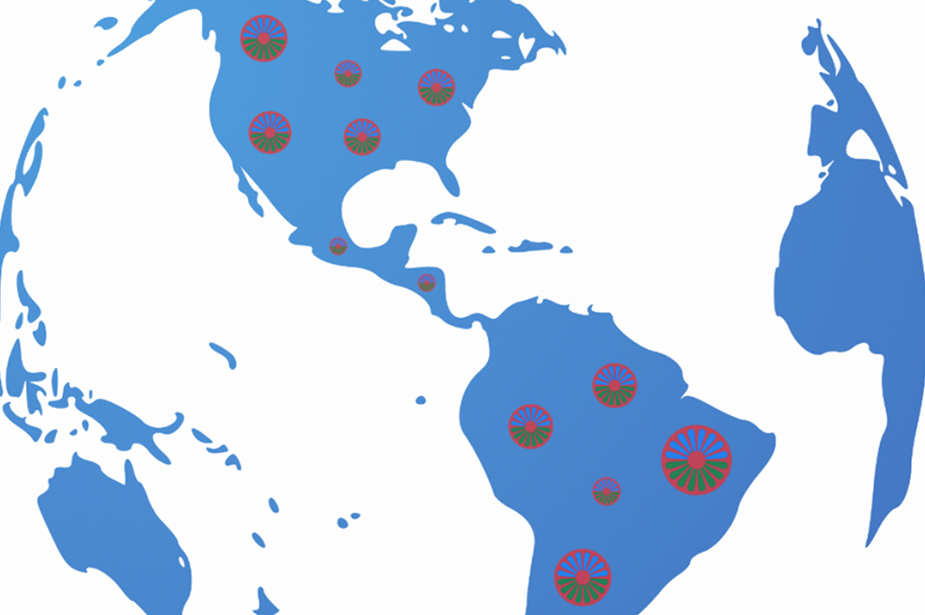
The first iteration of the Romani Memory Map for the Americas features 29 memory points throughout the Americas.
Claude Cahn, a human rights officer at UN Human Rights who also worked on the initiative, said memorialization plays an important role towards the promotion of truth, justice, reparation and guarantees of non-recurrence.
Roma and related communities have long suffered from deep-rooted racism and marginalization worldwide. Violations of the human rights of Roma are reported in practically all areas of life: education, health, housing, work, access to services and in other spheres of life. The little existing research shows that Roma have faced discrimination since their arrival in the Americas as early as the beginning of the 16th century and that racism continues to this day.
For Romani human rights defenders from the Americas, the promotion of data and the collection of testimonies and documentary archives on human rights violations is a first step in reconstructing the truth and calling for justice.
"You can't fight forgetfulness, neglect, ignorance, anti-gypsyism and Romaphobia overnight,” Costa said.
The Romani Memory Map for the Americas is hosted on the website of Gonzaga University Center for Global Engagement (English-language version), the Institute of Anthropological Sciences of the University of Buenos Aires (Spanish-language version) and the Associação International Mayle Sara Kali (Portuguese language version).
A call for inputs to submit materials for a new iteration of the map was relaunched on 8 April, with a new deadline for submissions of 15 June 2024. Two independent review bodies involving Roma human rights defenders from the Americas and academic institutions will review the materials submitted.
Further information on OHCHR efforts in the area of Roma rights and Roma inclusion.
